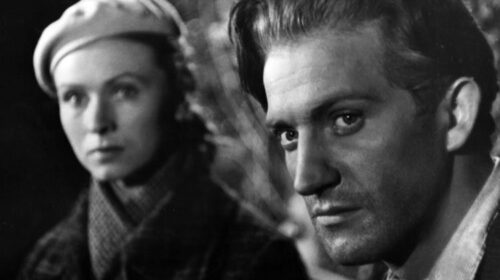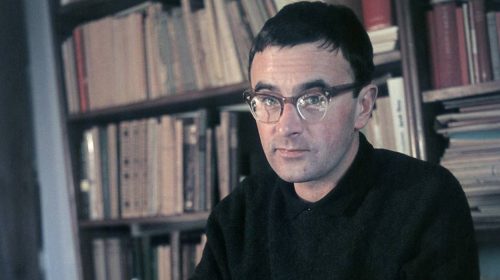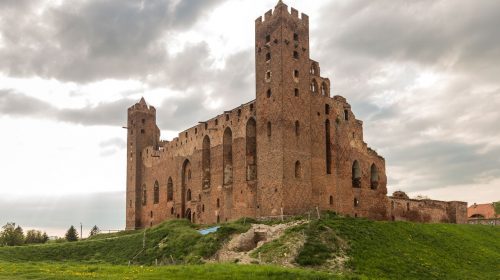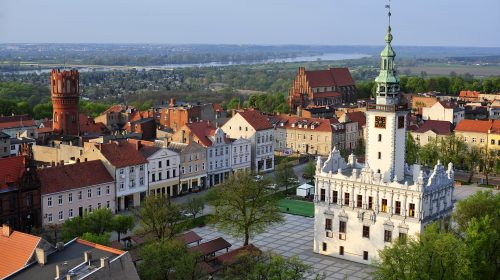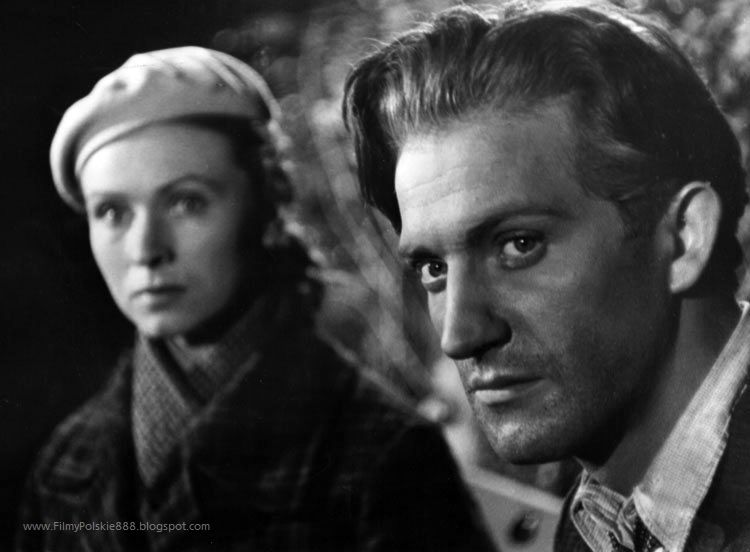Grudziądz is a city located in the geographical region of Pomorze Nadwiślańskie, on the picturesque right bank of the Vistula River, which forms a natural boundary of Chełmno Land to the East a region it belongs to, both historically and geographically.
Once the Teutonic Order had settled in Grudziądz, the city underwent urban development, which resulted in the erecting of numerous buildings typically present in mediaeval cities of the State of the Teutonic Order, such as the buildings in the old market place, the fortifications, and the Ordensburg the latter having been preserved in the form of the ruins of the Klimek Tower, which used to be a castle tower.
The monuments in Grudziądz are part of the European Route of Brick Gothic (EuRoB), and the Copernicus Route, and have inspired filmmakers, who chose the urban arrangement of Grudziądz and its extraordinarily beautiful Błonia Nadwiślańskie (Vistula River Common) as a setting for their films.
The most famous of these films is certainly Tatarak/Sweet Ruch by Andrzej Wajda. In his film, the master of cinema portrayed the charming little streets in the Old Town, particularly ul. Wodna, the foot of the Castle Hill, Błonia Nadwiślańskie (mentioned earlier, with the granaries overlooking the Riverside Common), and a church tower we can see in the dancing scene, and many other sites. In Sweet Rush one can also see the Bronisław Malinowski road bridge, which is the longest road/railway bridge in Poland it is shown in the hitch-hiking scene, when the main protagonist (Krystyna Janda) is trying to catch a ride in the rain.
In Na własne ryzyko/At Your Own Risk a short film by Piotr Grabowski, which tells the story of a father fighting to save the health of his son the action takes place at the training rooms of Miejski Klub Sportowy START (Sports Club) located at ul. Konarskiego 36, and in outdoor locations.
Grudziądz is also the birthplace for many great personalities of Polish cinema.
In 1928, Aleksander Ścibor-Rylski was born here, screenwriter and director, who worked with the greatest creators of Polish films, e.g. he wrote scripts for some of the outstanding creations of Andrzej Wajda, such as Man of Iron Man of Marble and The Ashes. As a film director, Andrzej Wajda had an opportunity to work with Polish film stars of the time, including Zbigniew Cybulski, Aleksandra Śląska, Pola Raksa, Barbara Krafftówna, and Barbara Brylska. Following the death of Aleksander Ścibor-Rylski, Andrzej Wajda made The Crowned-Eagle Ring a film loosely based on the book Pierścionek z końskiego włosia (A Horsehair Ring), written by Ścibor Rylski.
Grudziądz is also hometown for Henryk Czyż, an outstanding Polish film music composer, who composed music for both feature and documentary films, such as Inspekcja Pana Anatola / Mr Anatol’s Inspection by Jan Rybkowski, two films by Tadeusz Chmielewski, i.e. Ewa chce spać / Eve Wants to Sleep and Walet Pikowy / Jack of Spades, and a drama directed by Jerzy Kawalerowicz Celuloza/Celullose (1953), most of which was shot in Włocławek. He can also take credit for the soundtrack to the cult film The Saragossa Manuscript by Wojciech Jerzy Has.
Grudziądz is a thriving cultural centre of the province. In addition to the film traditions, the city can also boast about its theatre traditions the first ever theatre building in the city was built in 1847. The current theatre building was commissioned after WWII. Starting in 1955, it became the seat of Pomorski Teatr Młodego Widza (the Pomeranian Theatre for Young Audiences) from Bydgoszcz, then transformed into Teatr Popularny (the Popular Theatre), and from 1962, until its dissolution in 1991, it became Teatr Ziemi Pomorskiej (the Theatre of the Pomeranian Land). The long theatre tradition of the city is now being continued by Centrum Kultury Teatr (the Theatre Culture Centre), organiser of many cultural events, for example Grudziądzka Wiosna Teatralna (Grudziądz Theatre Spring) Festival.
